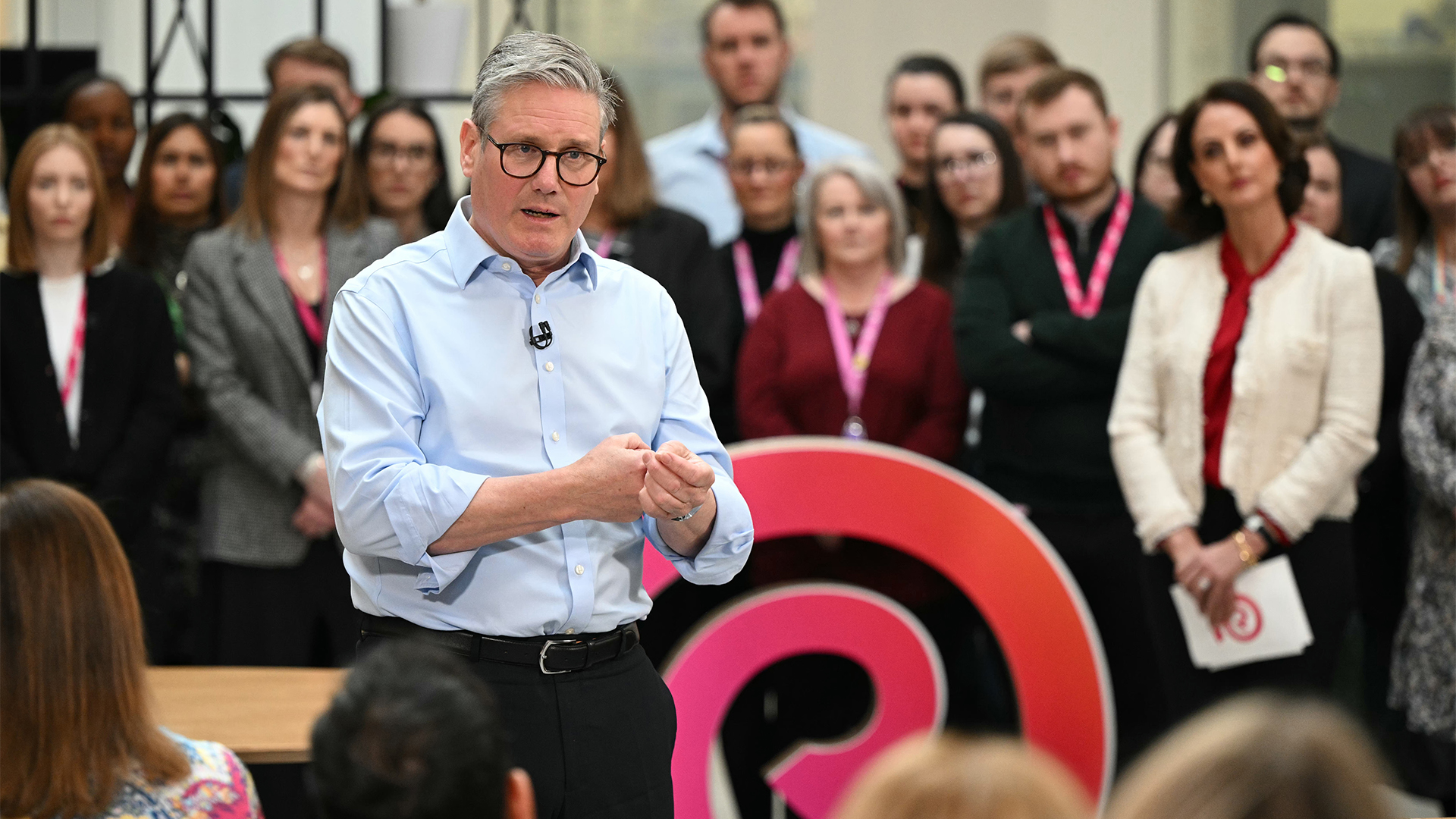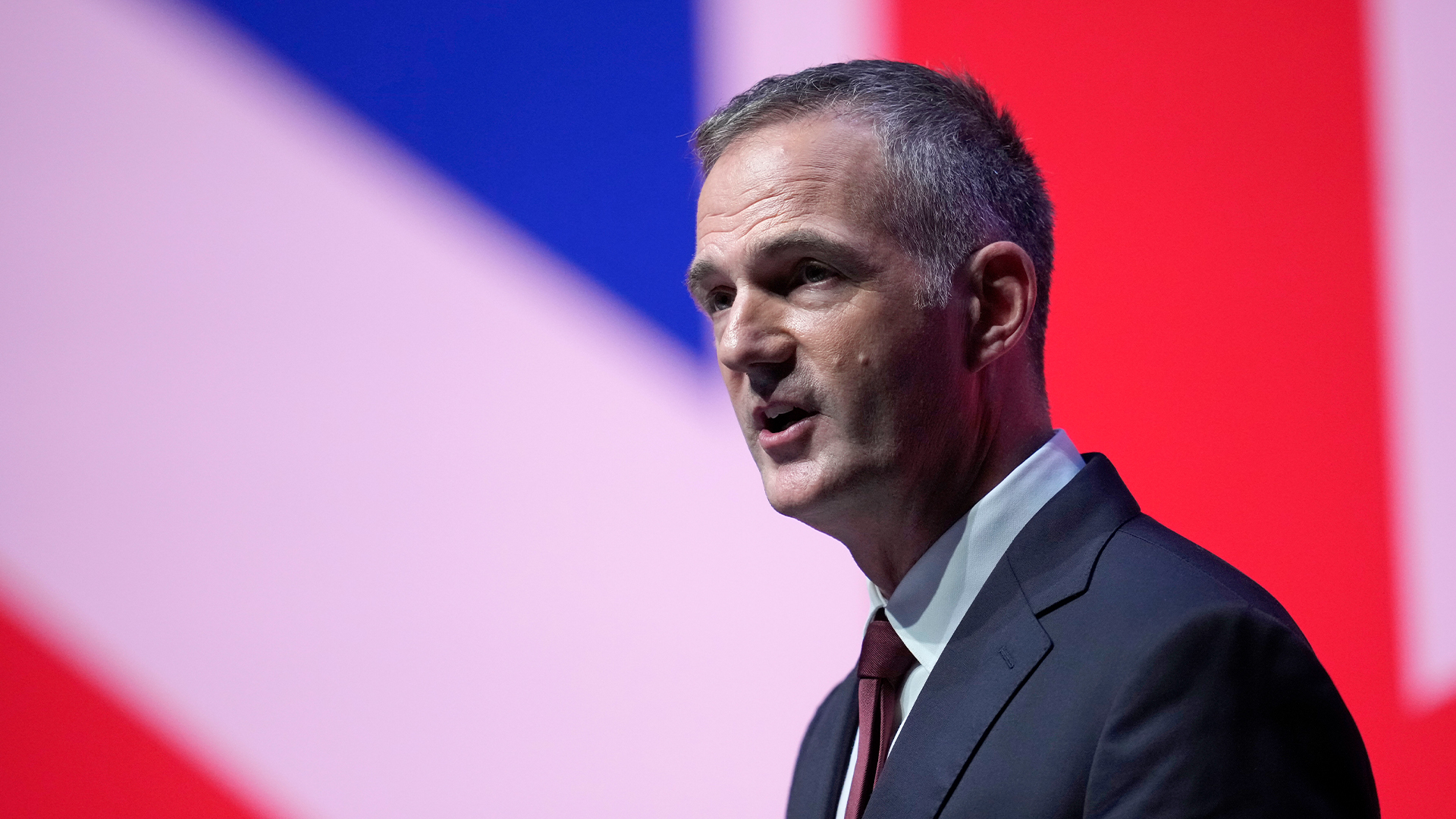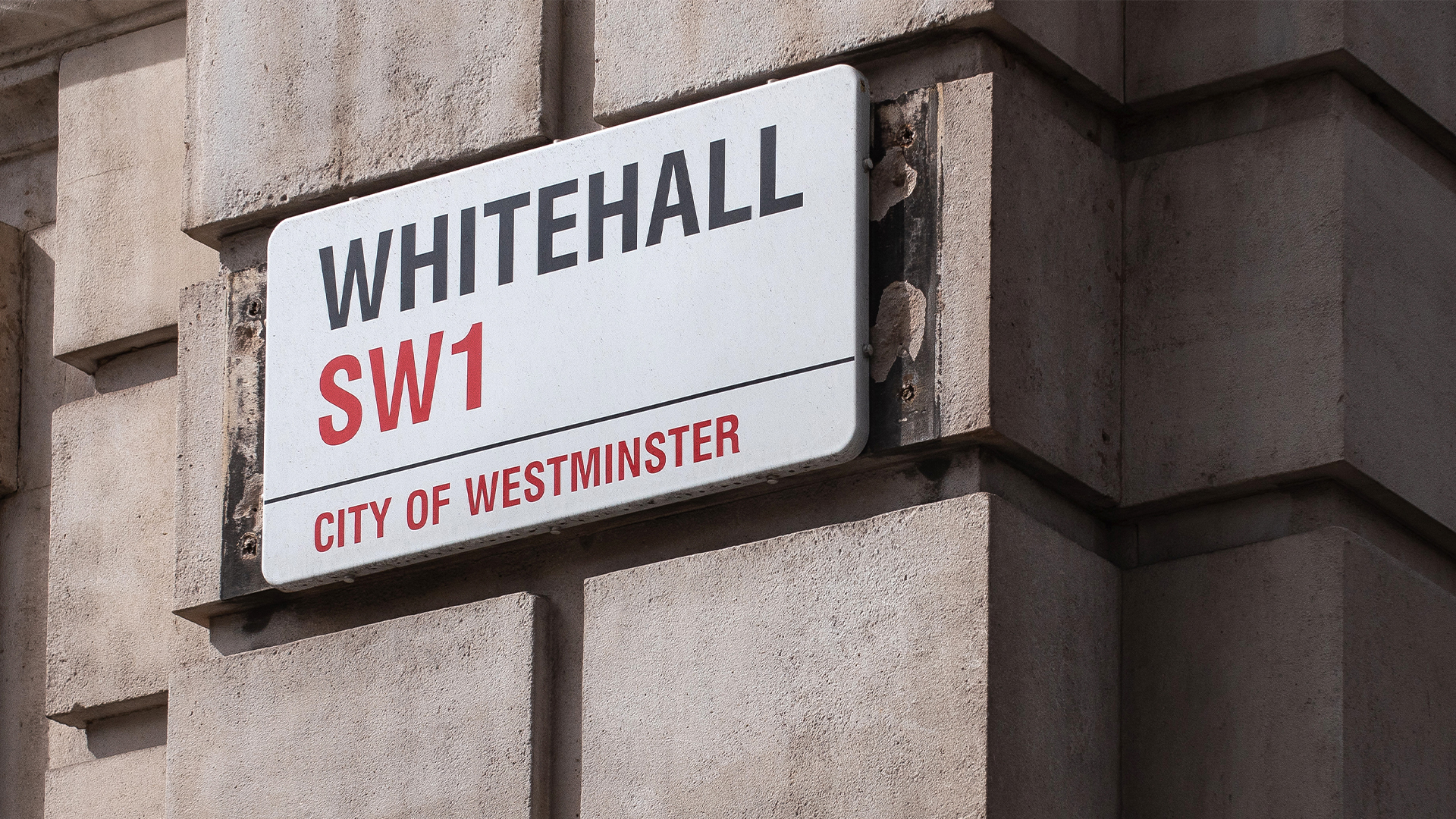Public sector: could do better
Inside the Enterprise: The National Audit Office issues its report card on government IT. There is still work to be done.

Not long ago, any claim that a government department had exceeded its savings targets would have been dismissed as spin. Public sector projects, especially in IT, were known for overspending, not cutting costs. But that seems to be changing.
The list of IT projects that have failed, or gone over budget, is too long to reproduce here.
The global financial crisis has forced the Government to look at all areas of spending. There is also a broad cross-party consensus that the public sector needs to spend less, even if there are disagreements about the what to cut, and how fast. Moreover, there is renewed emphasis on the need for more efficient delivery of services, and streamlining administration.
IT is both an area where Government spending could and arguably should be cut back; it is also an area where investing in technology should make public services both better and cheaper.
But the public sector's track record in delivering large-scale IT projects or indeed large-scale business process modernisation, built on IT is not good. The list of IT projects that have failed, or gone over budget, is too long to reproduce here. Government departments often lack the expertise to deliver complex IT in house, but nor do they seem all that effective at using external IT suppliers.
There are suggestions that the cosy relationship between ministries and some IT system integrators is leading to expensive and inflexible IT procurement, with smaller, more nimble suppliers being locked out of government business.
In some ways, of course, problems in public sector IT outsourcing often mirror those experienced by private sector companies, with contracts that respond poorly to change, or that fail to deliver value for money over their lifetime. But in the public sector, these failures are harder to hide than they are in the commercial world.
Get the ITPro daily newsletter
Sign up today and you will receive a free copy of our Future Focus 2025 report - the leading guidance on AI, cybersecurity and other IT challenges as per 700+ senior executives
Then there examples that suggest that either contractors are overcharging government departments, are horribly inefficient, or both. In a recent interview with The Guardian, Cabinet Office minister Francis Maude pointed to an example of what he describes as a small scale hosting contract where the incumbent supplier was quoting 4 million. An SME is now running the contract, for the princely sum of 60,000 a year. And, as the minister points out, there are many more areas where the public sector can save on IT, but more still where technology could replace paperwork.
And this, as the National Audit Office pointed out, is the real task facing public sector technology. In its report, The impact of government's ICT savings initiatives, the spending watchdog highlighted savings of 316 million in the 2011-12 financial year, a figure that is likely to be bettered in 2013 and 2014. But ministries need to move on from simply focusing on cutting cost, important though that is, to modernising services.
"The big challenge will be to move from savings initiatives to achieving digital transformation of the civil service and the public services it provides," said the NAO. As enterprises have already discovered, there is a balance to be struck between cutting IT costs, and cutting the capability to save money in the wider business.
-
 AI is helping bad bots take over the internet
AI is helping bad bots take over the internetNews Automated bot traffic has surpassed human activity for the first time in a decade, according to Imperva
By Bobby Hellard
-
 Two years on from its Series B round, Hack the Box is targeting further growth
Two years on from its Series B round, Hack the Box is targeting further growthNews Hack the Box has grown significantly in the last two years, and it shows no signs of slowing down
By Ross Kelly
-
 Starmer bets big on AI to unlock public sector savings
Starmer bets big on AI to unlock public sector savingsNews AI adoption could be a major boon for the UK and save taxpayers billions, according to prime minister Keir Starmer.
By George Fitzmaurice
-
 UK government targets ‘startup’ mindset in AI funding overhaul
UK government targets ‘startup’ mindset in AI funding overhaulNews Public sector AI funding will be overhauled in the UK in a bid to simplify processes and push more projects into development.
By George Fitzmaurice
-
 UK government signs up Anthropic to improve public services
UK government signs up Anthropic to improve public servicesNews The UK government has signed a memorandum of understanding with Anthropic to explore how the company's Claude AI assistant could be used to improve access to public services.
By Emma Woollacott
-
 US government urged to overhaul outdated technology
US government urged to overhaul outdated technologyNews A review from the US Government Accountability Office (GAO) has found legacy technology and outdated IT systems are negatively impacting efficiency.
By George Fitzmaurice
-
 Government urged to improve tech procurement practices
Government urged to improve tech procurement practicesNews The National Audit Office highlighted wasted money and a lack of progress on major digital transformation programmes
By Emma Woollacott
-
 Government says new data bill will free up millions of hours of public sector time
Government says new data bill will free up millions of hours of public sector timeNews The UK government is proposing new data laws it says could free up millions of hours of police and NHS time every year and boost the UK economy by £10 billion.
By Emma Woollacott
-
 Three giant tech challenges the UK’s new government faces right now
Three giant tech challenges the UK’s new government faces right nowOpinion Five years starts now, and there’s not a second to waste
By Steve Ranger
-
 G-Cloud 13: UK government 'inhibiting' cloud SMEs' ability to adapt to harsher business landscape
G-Cloud 13: UK government 'inhibiting' cloud SMEs' ability to adapt to harsher business landscapeNews Suppliers on the cloud services portal have hit out at an extension to the current iteration of G-Cloud
By Ross Kelly